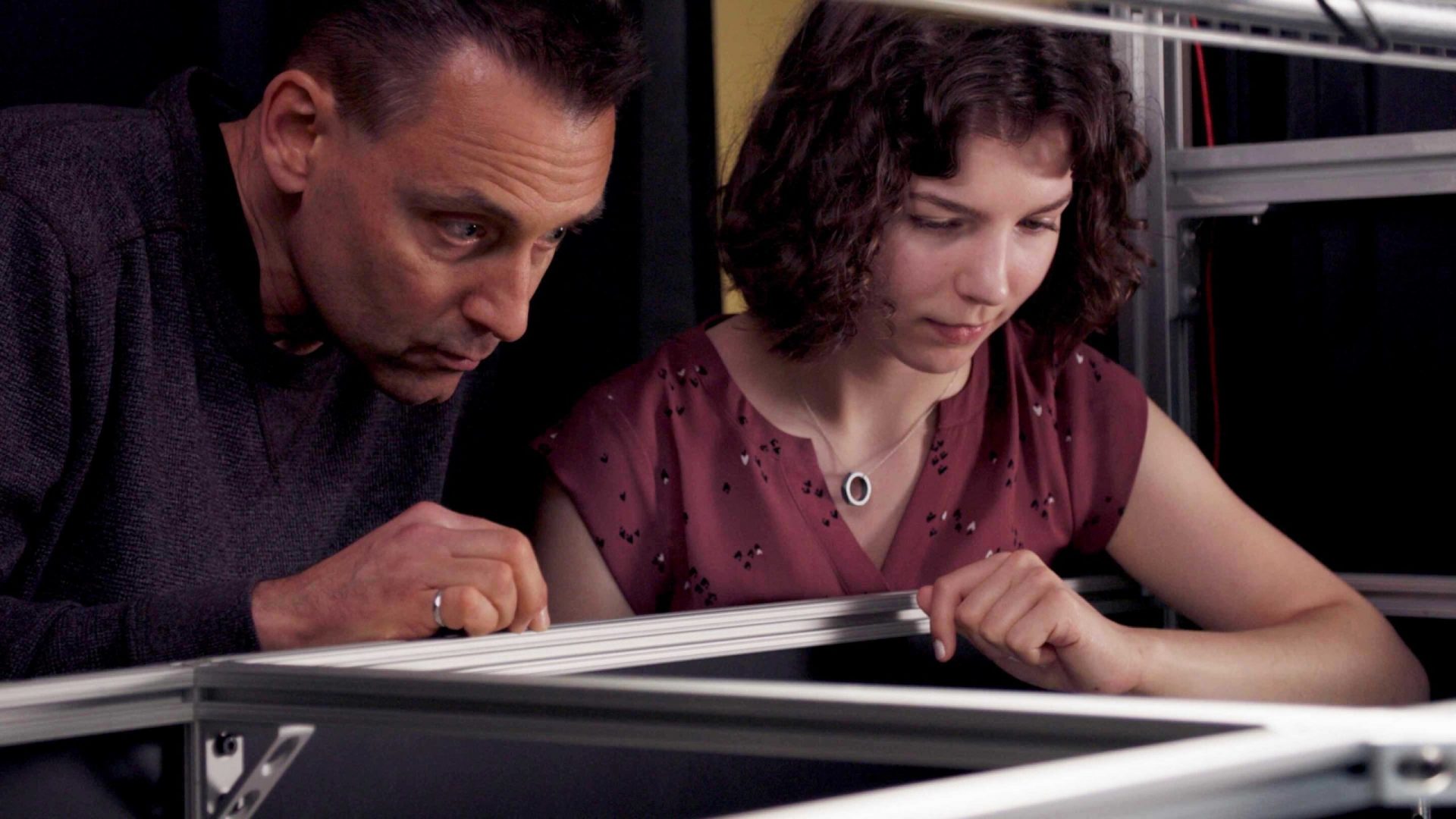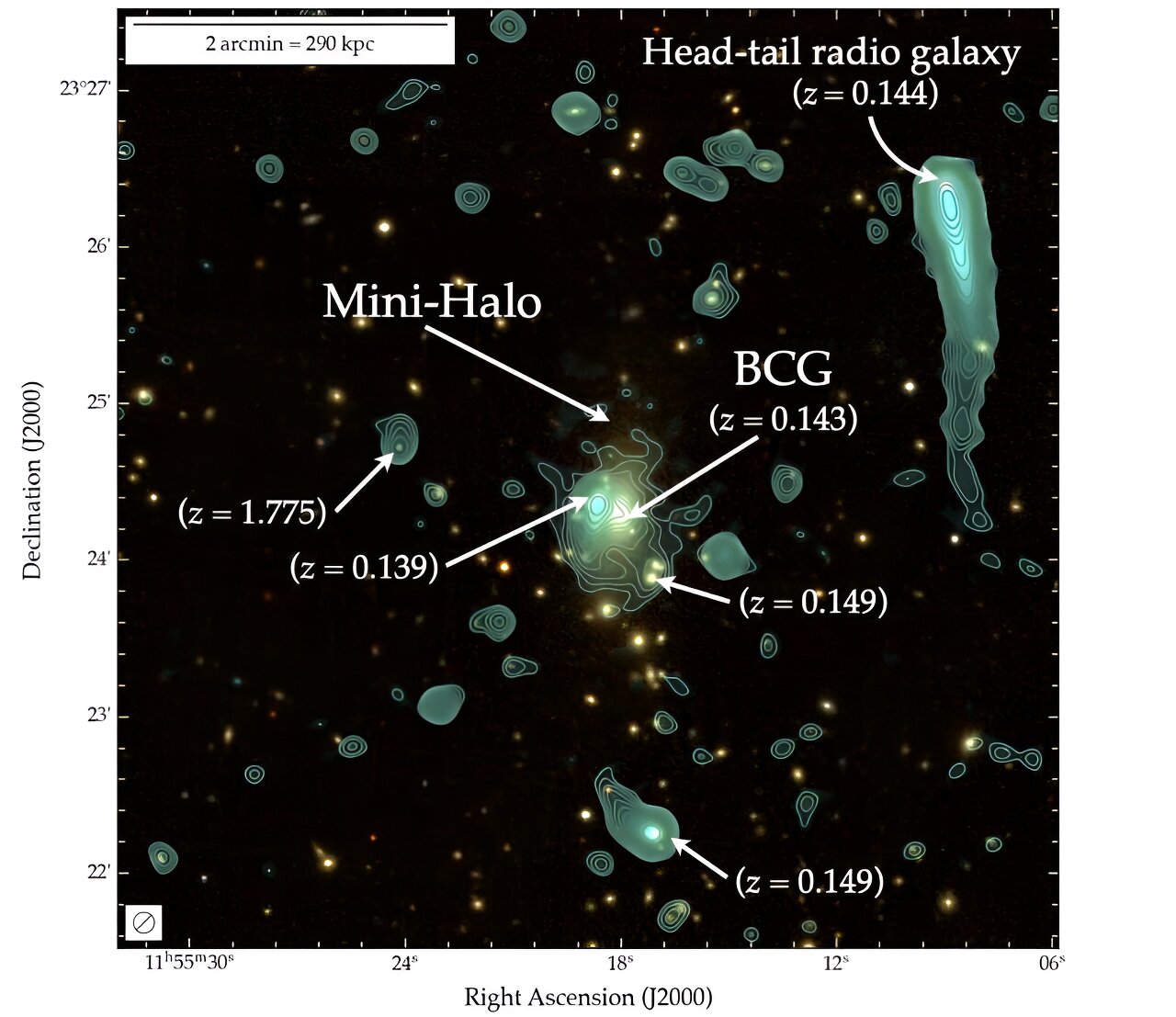Medical imaging techniques like X-rays, CT scans, MRIs, and ultrasounds provide healthcare professionals with invaluable insights into a patient’s body. These machines use different types of waves to visualize hidden ailments and diseases.
This imaging is crucial for accurate diagnoses, but spectroscopy takes it a step further. Spectroscopy allows healthcare professionals to identify biomolecules within specimens by analyzing their unique absorption signatures in the electromagnetic spectrum.
Now, researchers at UBC Okanagan’s School of Engineering are pushing the boundaries of diagnostic imaging. They are developing imaging systems that utilize terahertz radiation, which lies between radio and visible waves. This breakthrough opens up possibilities for fast and precise terahertz characterizations of biological specimens, ultimately aiding in the development of effective cancer detection technologies.
“By working with terahertz radiation, we can gain detailed insights into the characteristics of biological specimens,” explains Alexis Guidi, a master’s student at UBCO’s School of Engineering and lead author of a study published in Scientific Reports. “Terahertz radiation is uniquely sensitive to the biomolecular composition of cells.”
However, Dr. Jonathan Holzman, Principal Investigator at UBCO’s Integrated Optics Laboratory and Electrical Engineering Professor, acknowledges the challenges in developing terahertz systems.
“The long wavelengths of terahertz radiation, which make it an effective tool for probing biomolecules, also make it difficult to focus and resolve in images. Our recent work has overcome this challenge by demonstrating that terahertz spectroscopy can achieve cellular-scale resolution.”
The researchers aim to apply their findings in emerging areas of medical diagnosis, with a specific focus on carcinogenesis—the process by which healthy cells turn cancerous.








